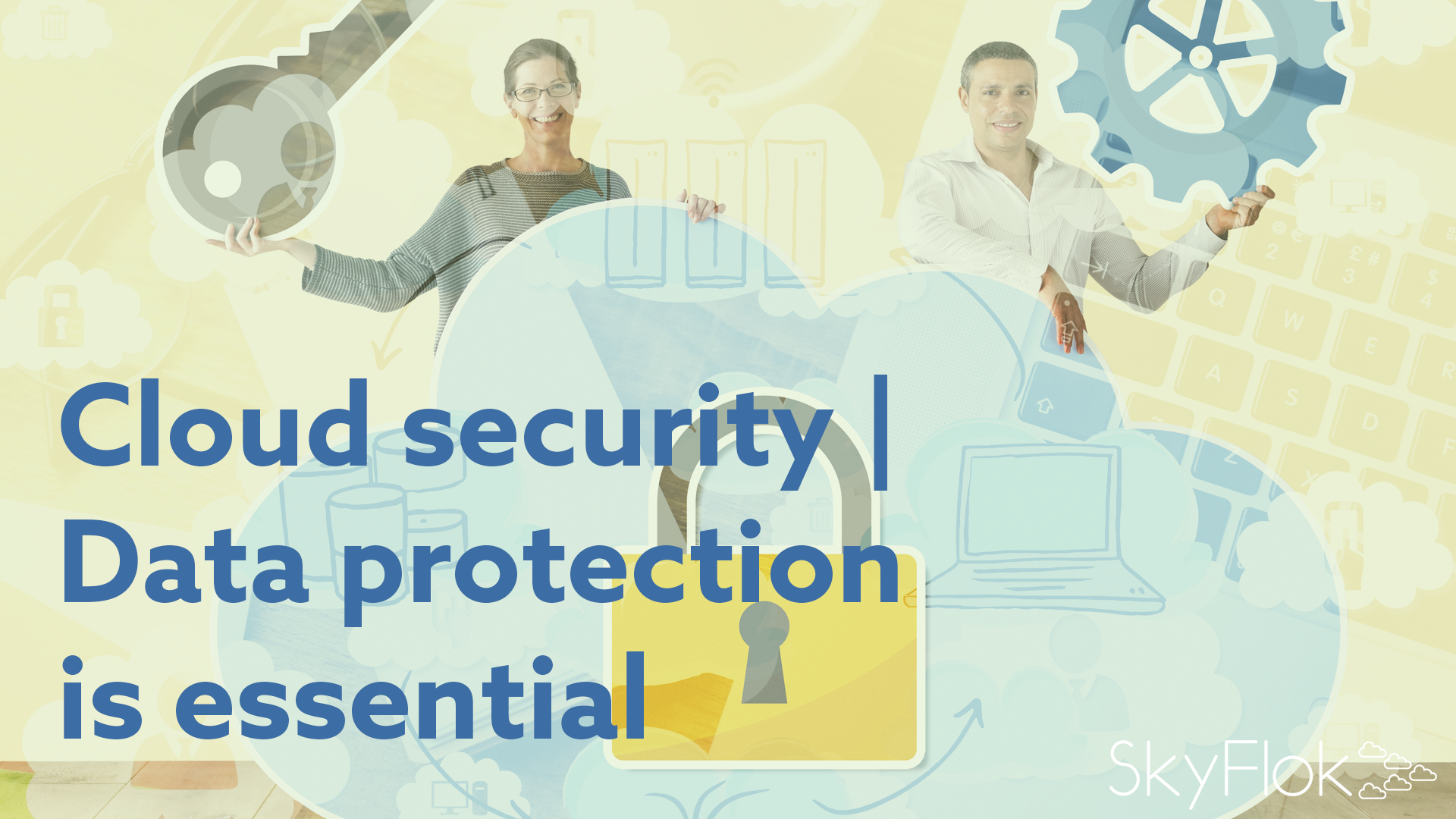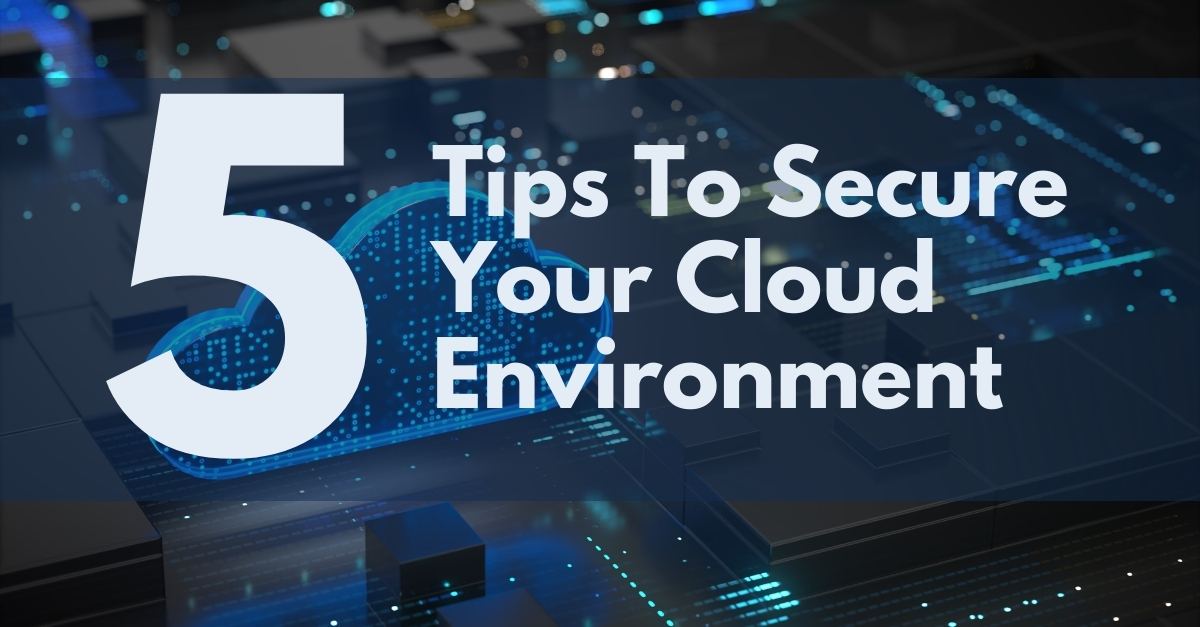7 Essential Security Tips for Cloud Computing Networks

Cloud computing has revolutionized how businesses manage and operate their IT infrastructure, offering cost efficiency, scalability, and flexibility. While the advantages are considerable, it's imperative to recognize that this transition to the cloud presents new security challenges.
Understanding Cloud Security
The shift from on-premises hardware to cloud computing means that businesses now share the responsibility of security with cloud service providers. Here’s a breakdown:
- Shared Responsibility Model: While cloud providers manage the physical and cloud-level security, customers must secure their data and applications within the cloud.
🛡️ Note: Understanding your cloud provider’s security framework is the first step in securing your cloud environment.
Implement Strong Access Controls
Access control is one of the most critical security measures:
- Role-Based Access Control (RBAC): Assign permissions based on roles within the organization, limiting access to only what is necessary for users to perform their jobs.
- Multi-Factor Authentication (MFA): Implement MFA to add an additional layer of security, making it harder for unauthorized users to access your systems.
- Regular Audits: Perform routine audits to ensure no unnecessary access rights are lingering that could compromise security.
Here’s an example of how access control policies can be structured:

| Role | Permissions |
|---|---|
| Administrator | Full access to cloud resources, configuration, and management |
| Developer | Access to development environments, limited access to production resources |
| End User | Access to application interfaces with no administrative rights |
Encryption at Rest and in Transit
Encryption is a must for data protection:
- Data Encryption at Rest: Encrypt data when it’s not actively being used to prevent breaches in case of physical access to storage.
- Data Encryption in Transit: Use protocols like TLS/SSL to encrypt data when it’s being moved between systems or users.
- Key Management: Manage encryption keys carefully, using services like AWS Key Management Service or Azure Key Vault for secure key storage.
🔐 Note: Implementing strong encryption practices is crucial as it ensures data remains confidential and secure, even if it falls into the wrong hands.
Regular Security Assessments and Monitoring
Proactive security management is vital:
- Vulnerability Assessments: Regularly scan for vulnerabilities in your cloud environment to stay ahead of potential threats.
- Security Information and Event Management (SIEM): Implement SIEM tools to centralize the monitoring and analysis of security alerts.
- Continuous Monitoring: Ensure real-time monitoring to detect and respond to security incidents immediately.
Utilize Cloud Security Tools
Cloud providers offer a variety of security tools:
- Cloud Access Security Broker (CASB): Acts as a gatekeeper, enforcing security policies as users access cloud services.
- Identity and Access Management (IAM): Centralized management of user identities, enhancing control over who can do what in your cloud environment.
- Virtual Private Cloud (VPC): Creates a logically isolated section of the cloud where you can launch resources in a virtual network that you define.
Understand Your Compliance Requirements
Depending on your industry, compliance might be mandatory:
- Comply with regulations like GDPR, HIPAA, or PCI DSS, which might require specific security measures within your cloud operations.
Secure APIs and Endpoints
APIs and endpoints are common points of attack:
- API Security: Use OAuth or API keys to secure API interactions. Implement throttling to prevent DoS attacks.
- Endpoint Protection: Use WAF (Web Application Firewalls) and DDoS protection to safeguard your entry points.
💡 Note: Your cloud environment’s security is only as strong as its weakest link, often found in API integrations or endpoint interfaces.
In conclusion, as we delve deeper into the digital transformation era, securing your cloud computing networks is not just about protecting data, but also about maintaining trust, ensuring compliance, and safeguarding your business operations. Adopting a comprehensive security strategy encompasses understanding the shared responsibility model, implementing robust access controls, encrypting data both at rest and in transit, continuously monitoring, utilizing cloud security tools, and ensuring compliance with relevant laws. Through these measures, businesses can leverage the power of the cloud while mitigating the risks associated with it, allowing for secure, efficient, and scalable growth in the digital age.
What is the difference between encryption at rest and in transit?
+Encryption at rest protects data when it is stored and not in use, like in databases or storage services. Encryption in transit secures data as it moves between systems or users over the internet or within networks, commonly using protocols like TLS/SSL.
How do I know if my cloud environment is compliant with regulations?
+Most cloud service providers offer compliance reports or certifications, like SOC, PCI DSS, HIPAA, or GDPR compliance. You can also engage third-party auditors to verify compliance.
Why is Multi-Factor Authentication (MFA) important in cloud security?
+MFA adds an additional layer of security by requiring users to prove their identity through multiple means. This significantly reduces the risk of unauthorized access even if passwords are compromised.
Related Terms:
- Cloud security Fundamentals PDF
- Cloud computing security PDF
- Data security in cloud computing
- Cloud computing security controls
- cyber security in cloud computing



